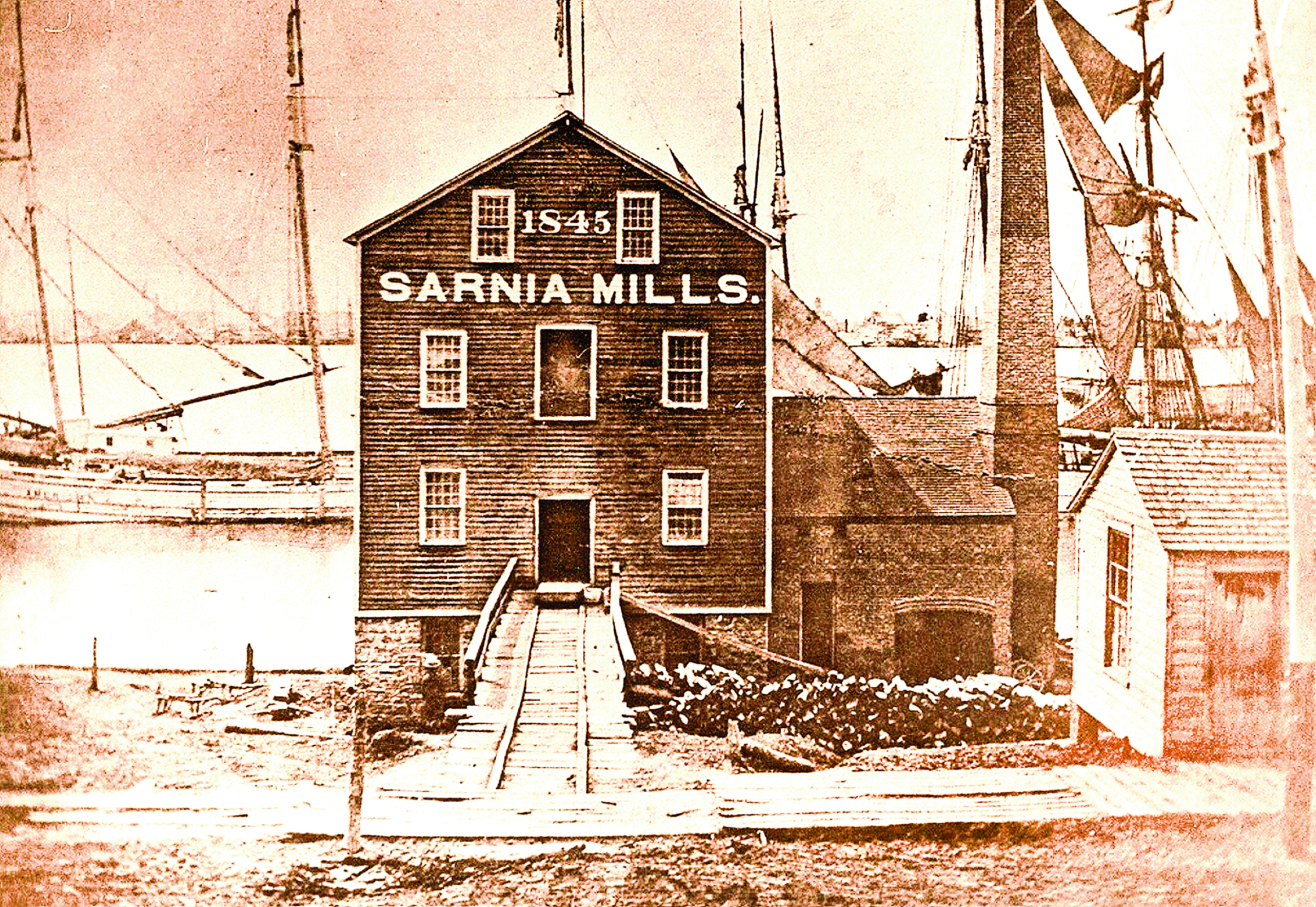Phil Egan
By 1873, Sarnia had bounced back from two disastrous downtown fires and was again making substantial progress.
The flourish of activity was especially noticeable on Front Street, as a writer noted in a letter to the editor that year.
Brick buildings were replacing the frame structures that had left Sarnia’s business district so exposed to flames, the writer noted.
It had been a brick structure firewall in 1867 that had allowed the Sarnia and Port Huron fire brigades, working as a team, to finally bring the conflagration under control.
“Unsightly gaps” in the street left by the fires were being filled with brick buildings, and existing wooden structures were being replaced with brick. Published in late April, the writer expressed confidence more brick buildings would appear over the coming summer.
“The line of steamers between this port and Lake Superior” was another sign of progress described by the letter writer.
In her brilliant history of Lambton County, Upper Canada’s Last Frontier, Jean Turnbull Elford describes how a new era in shipping had arrived the previous year, in 1872. That’s when the Canadian government subsidized Sarnia’s Beatty Transportation Company to carry mail between Sarnia and the Lakehead of Lake Superior, a move that further opened trade to Western Canada.
The letter writer applauded the connection of the Great Western Railway to the West by means of the Port Huron and Michigan Railway, and was anticipating even greater improvement once the “road between Flint and Lansing is completed.”
Also mentioned was the “erection of the Dominion Oil Works,” but progress here as “problematical,” possibly due to “the squabble” among its partners.
One year earlier, with great flourish, the Sarnia Street Railway had been announced. The writer was hopeful it would still happen, although at that time it appeared to be “dead as a door nail.”
Nevertheless, the first horse-drawn trolleys started carrying passengers and mail between Front Street and Point Edward in just two years later in 1875.
Many people, the letter writer noted, had noted Sarnia had the potential to be a great centre of shipbuilding. “Those who had the will to do something in that way had not the means, while those who had the means felt more disposed to invest them in Yankee stocks, rather than any project which might possibly benefit their fellow townspeople.”
That same year, Sarnian Robert Steed had a shipbuilding project underway, with the construction of the sailing ship Wawanosh.
Much as the letter writer had hoped, more shipbuilding projects would follow over the ensuing 133 years, from the Ida Walker in 1880 to the Abbott Boat Works of the 21st century.


